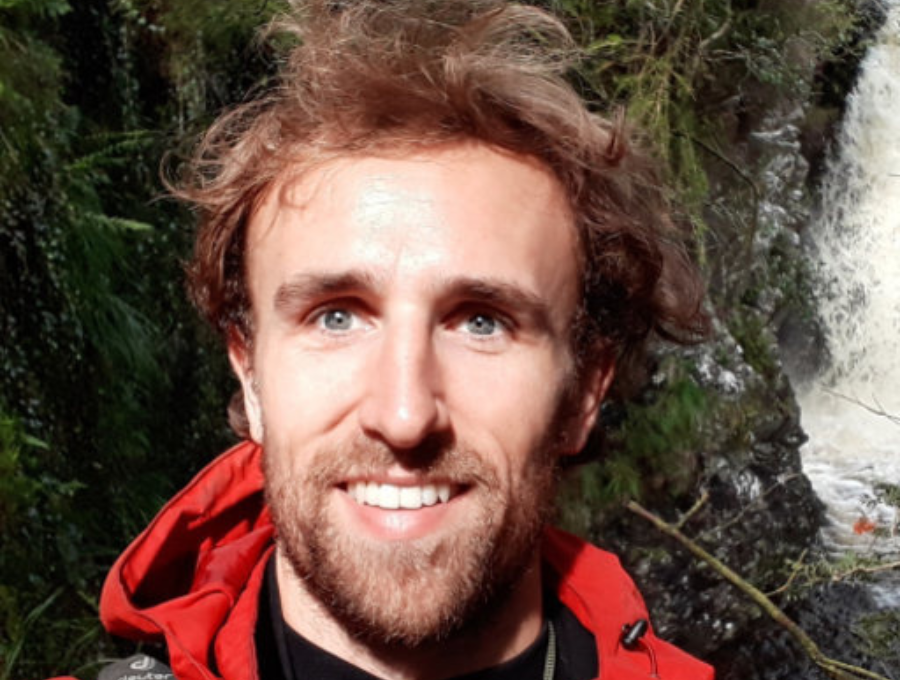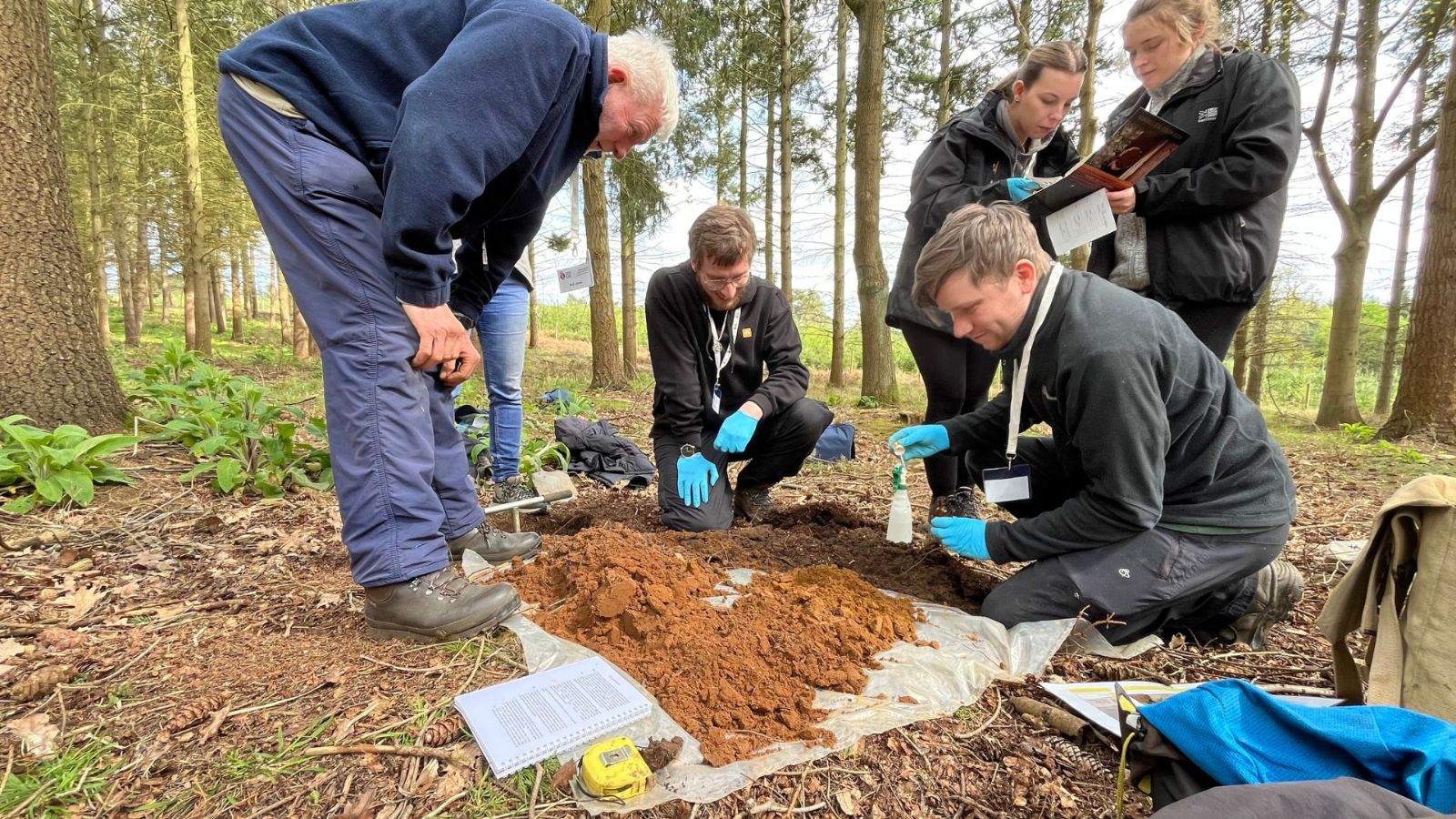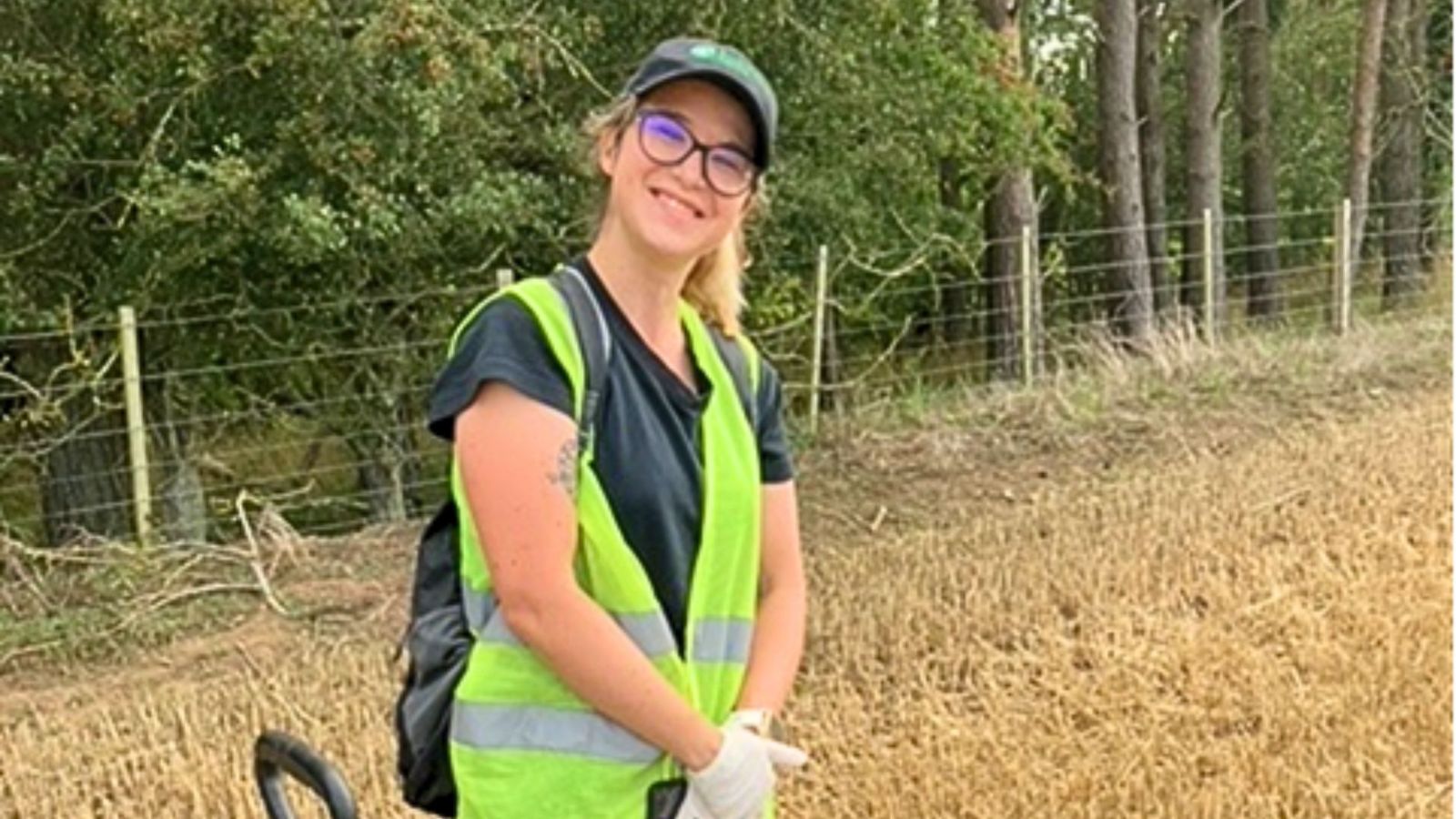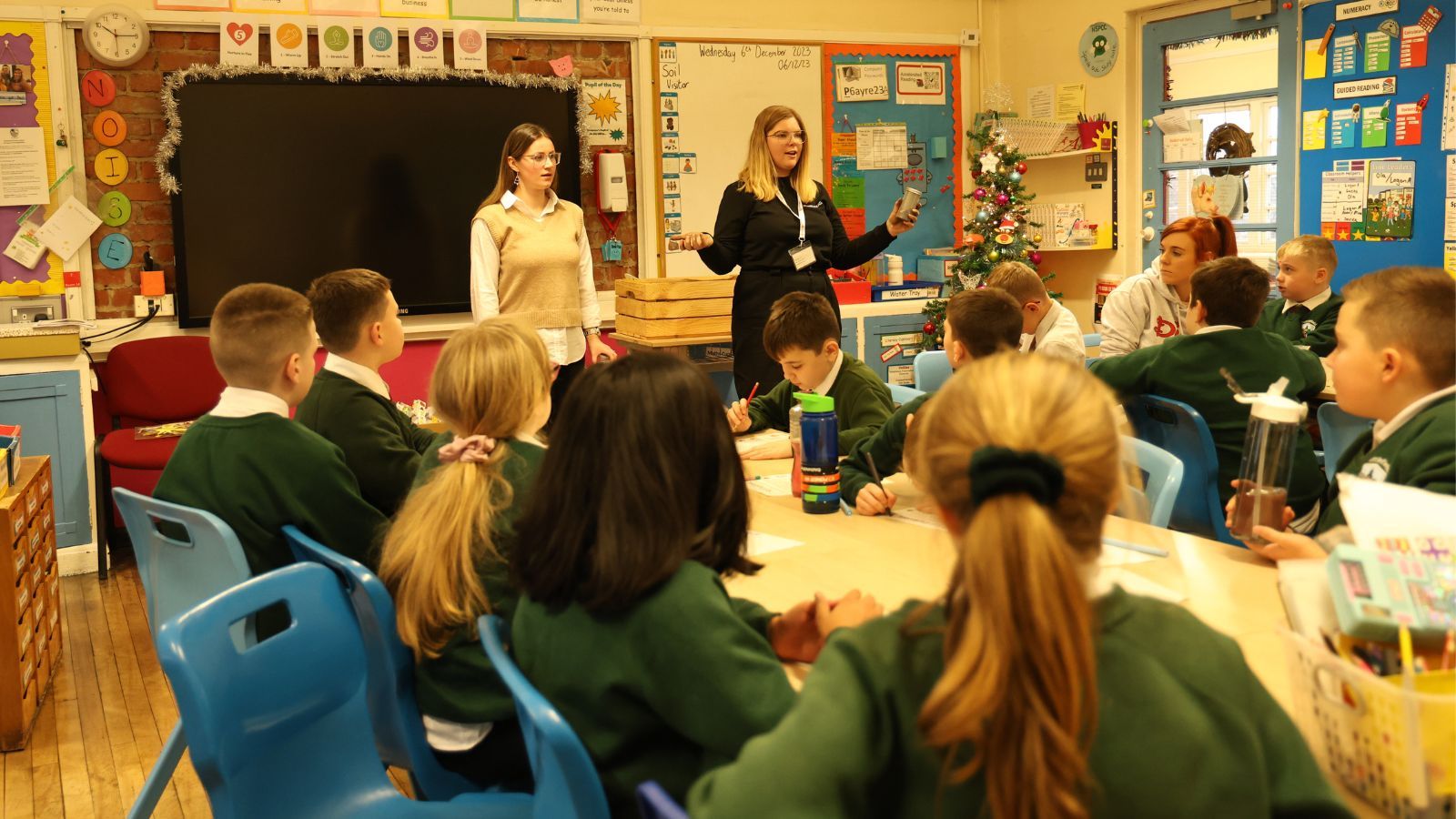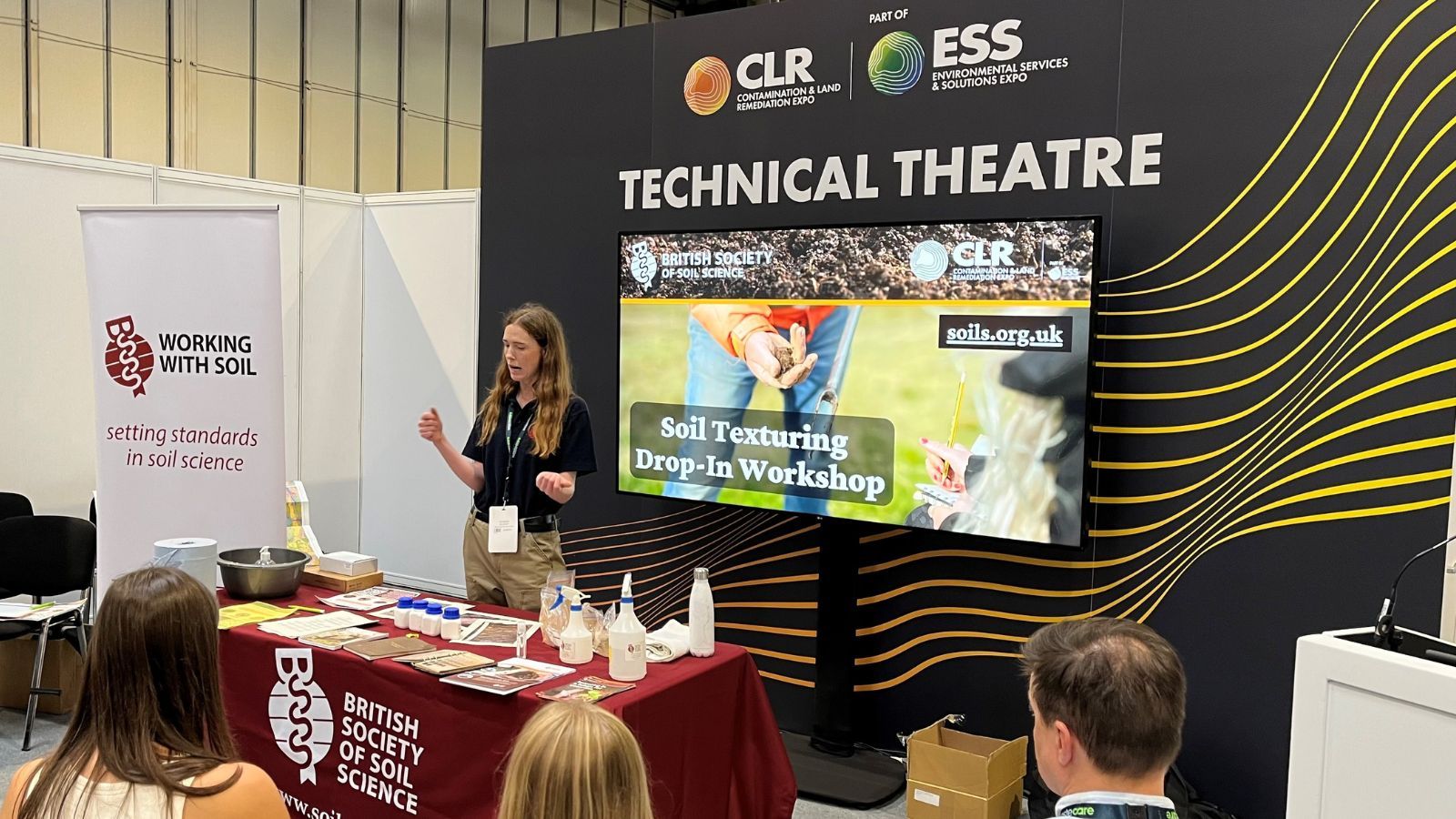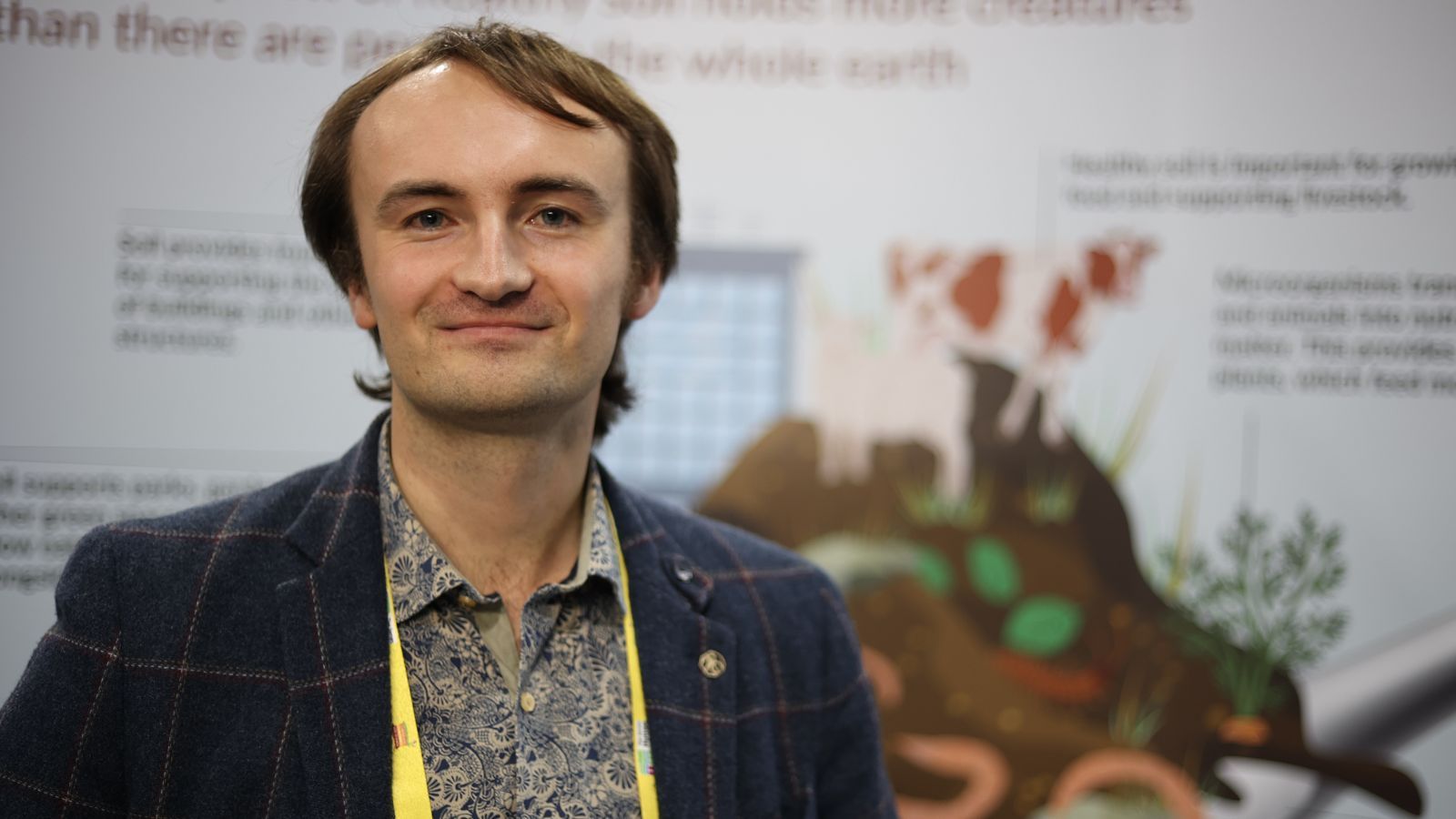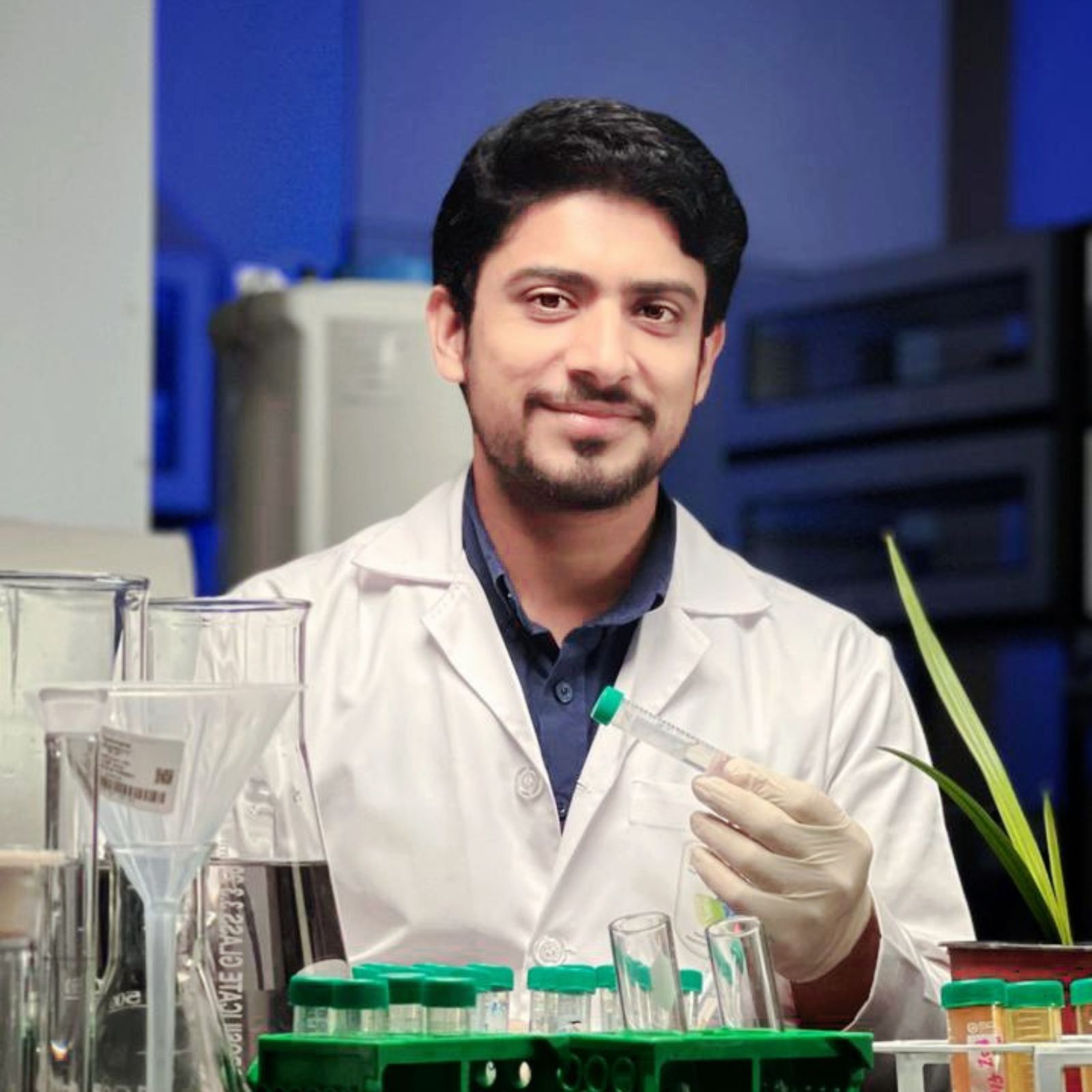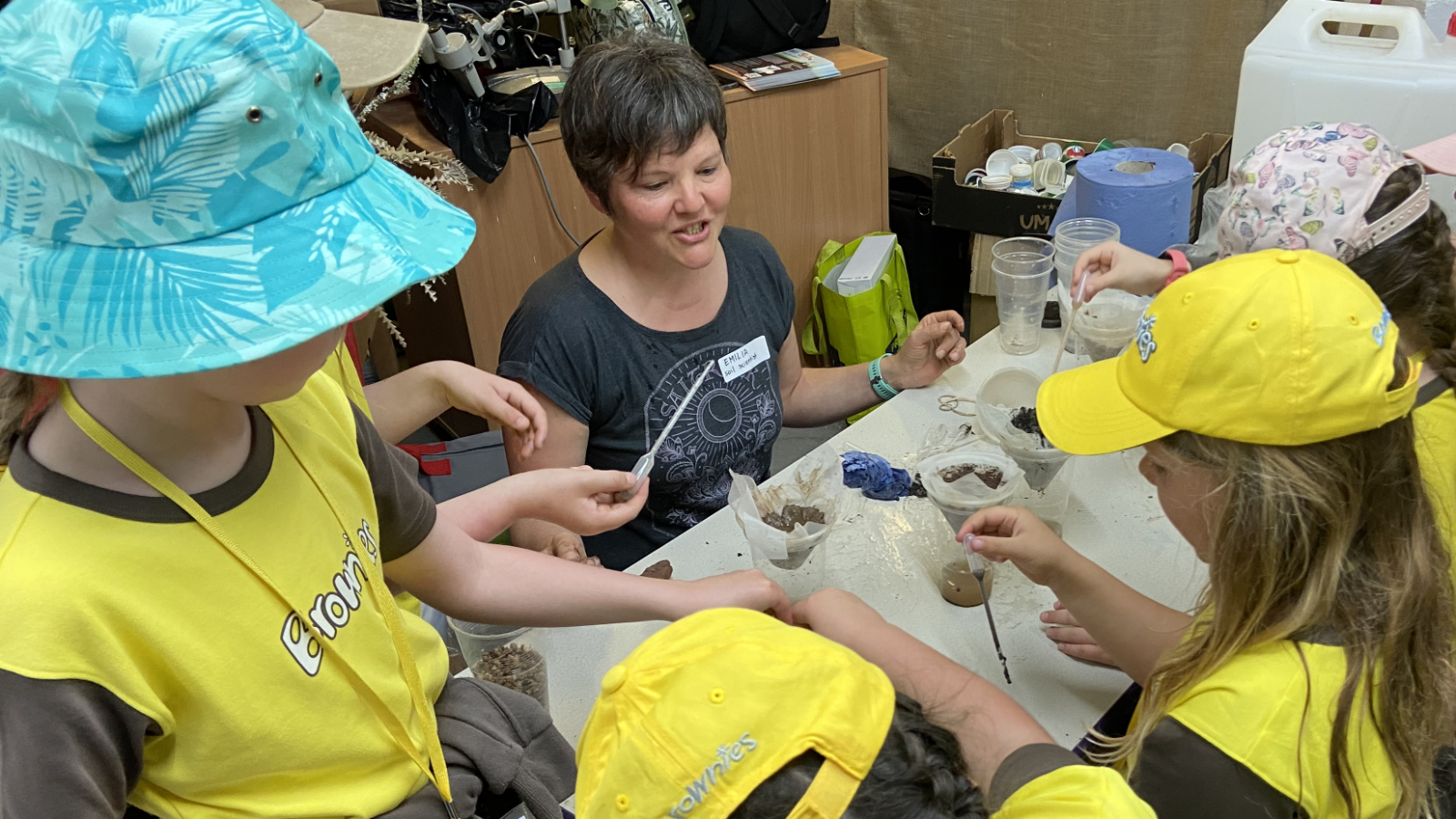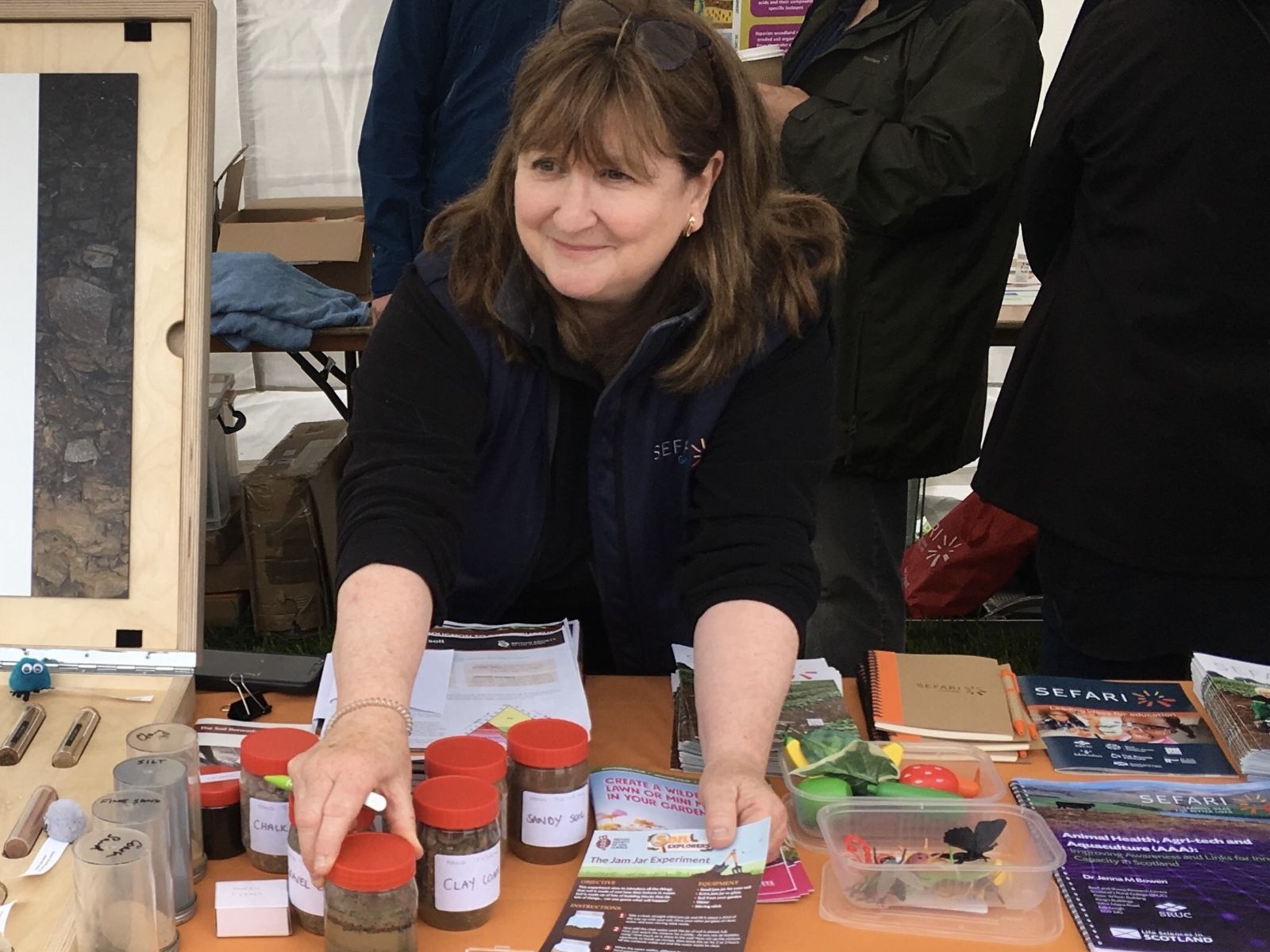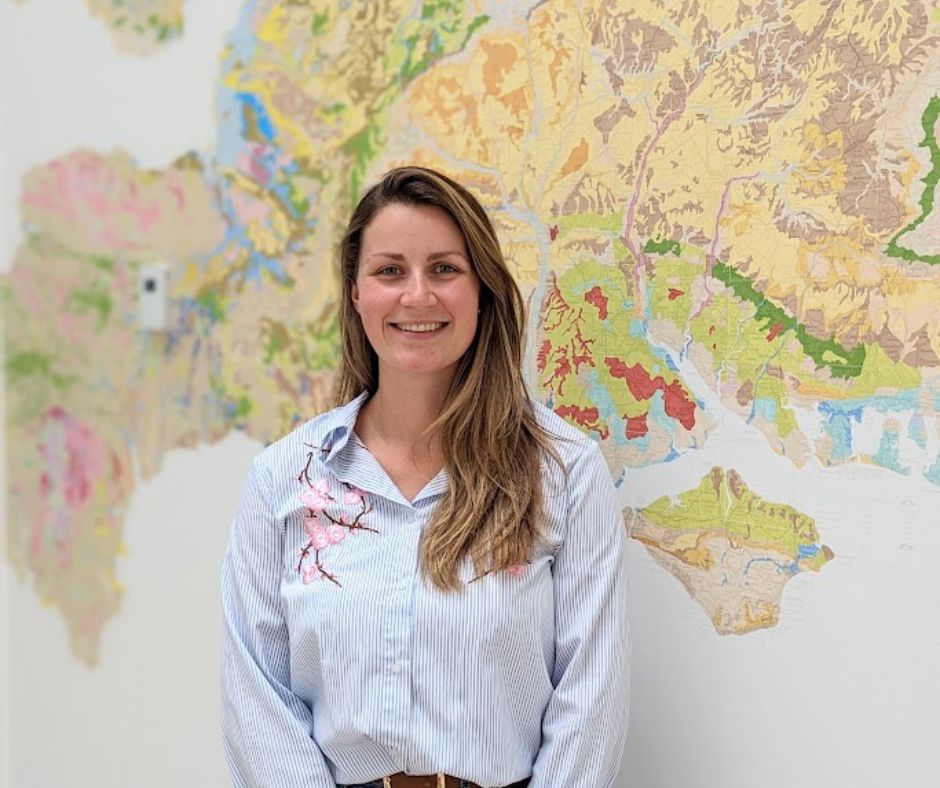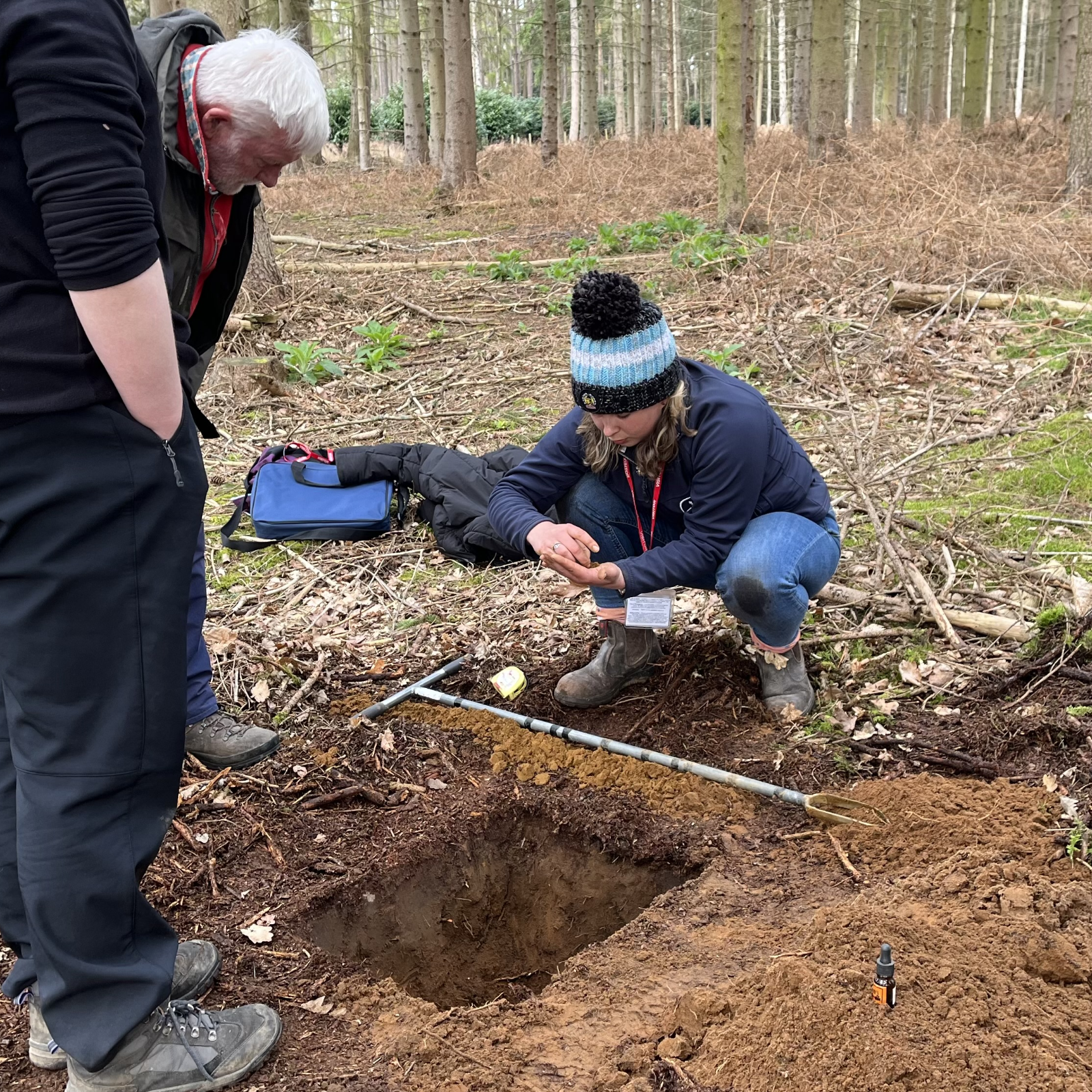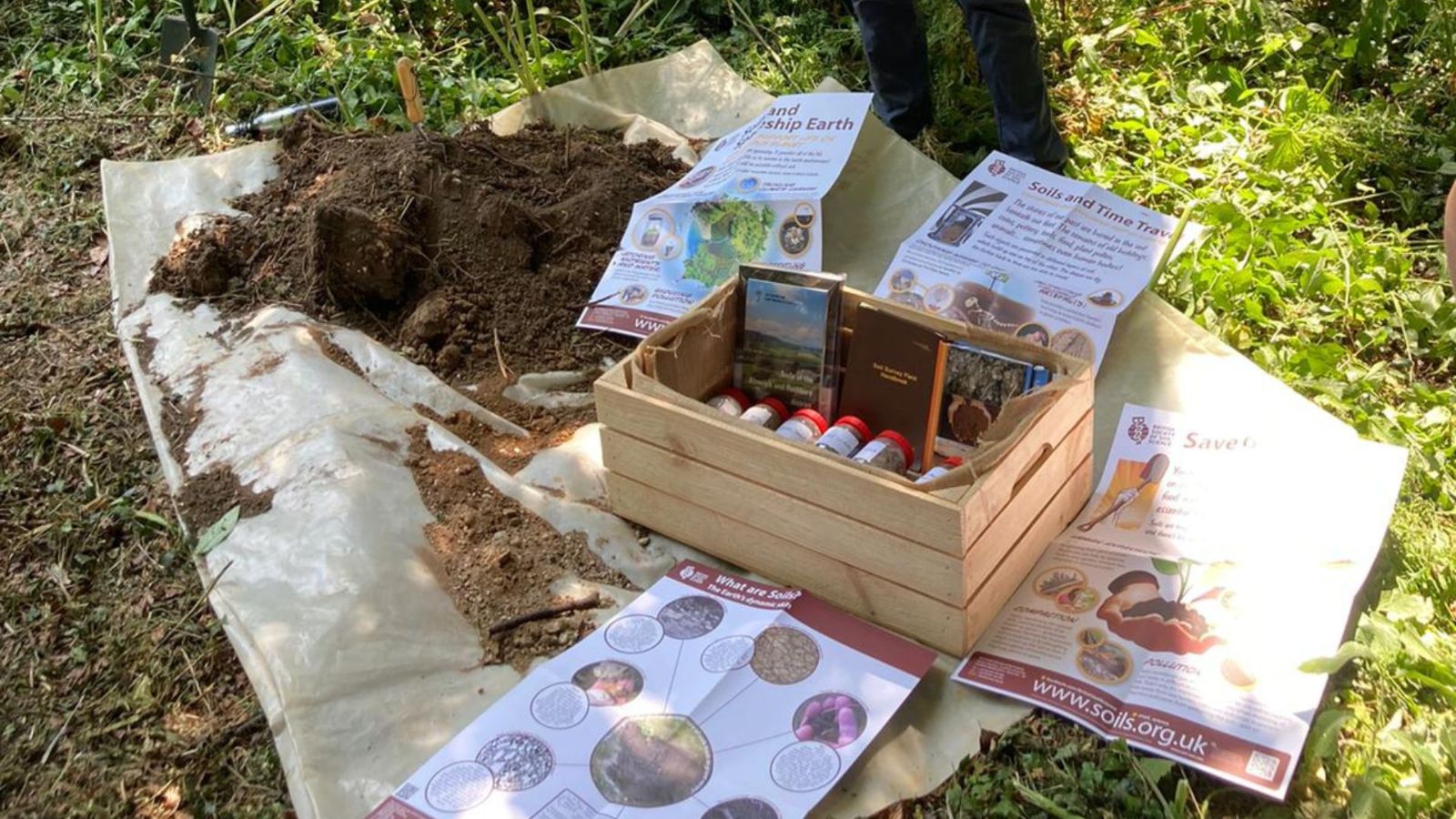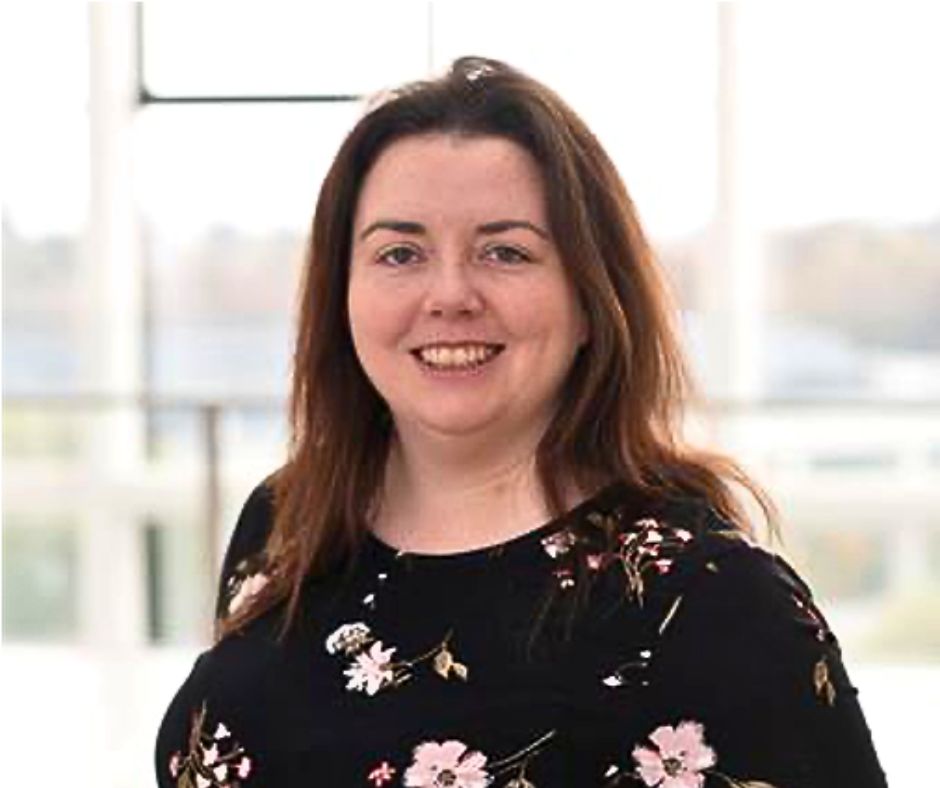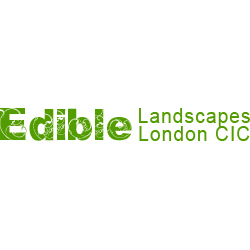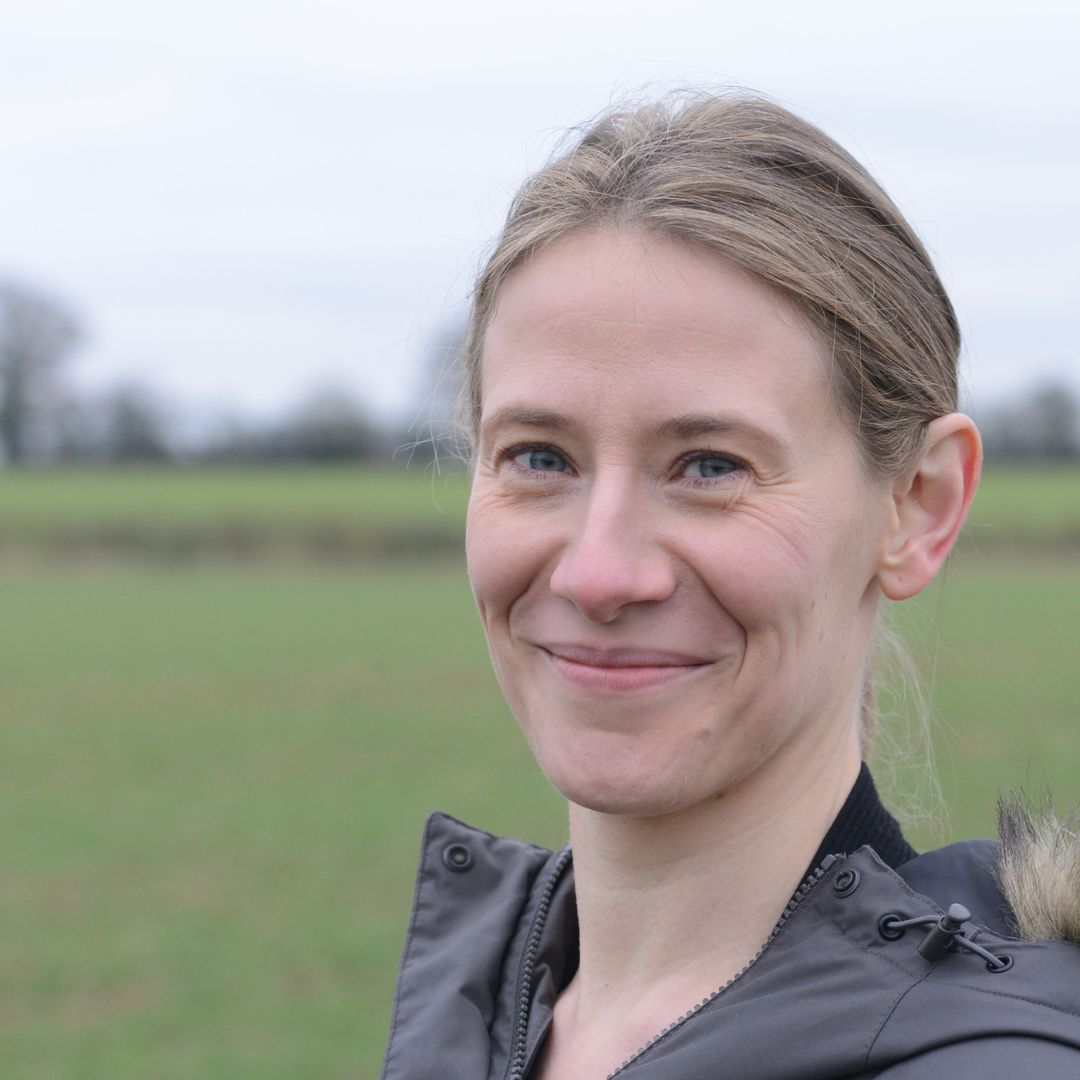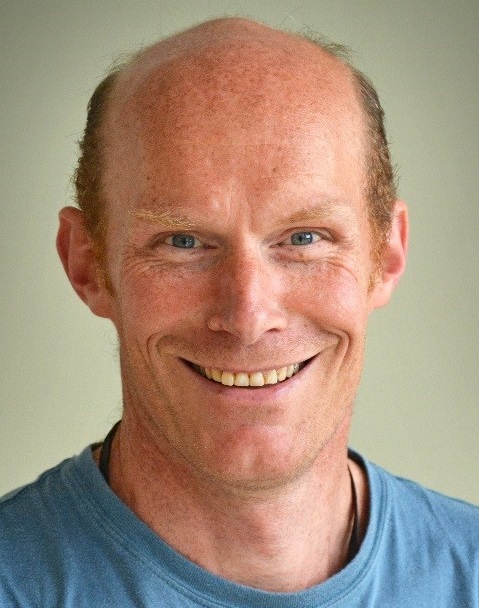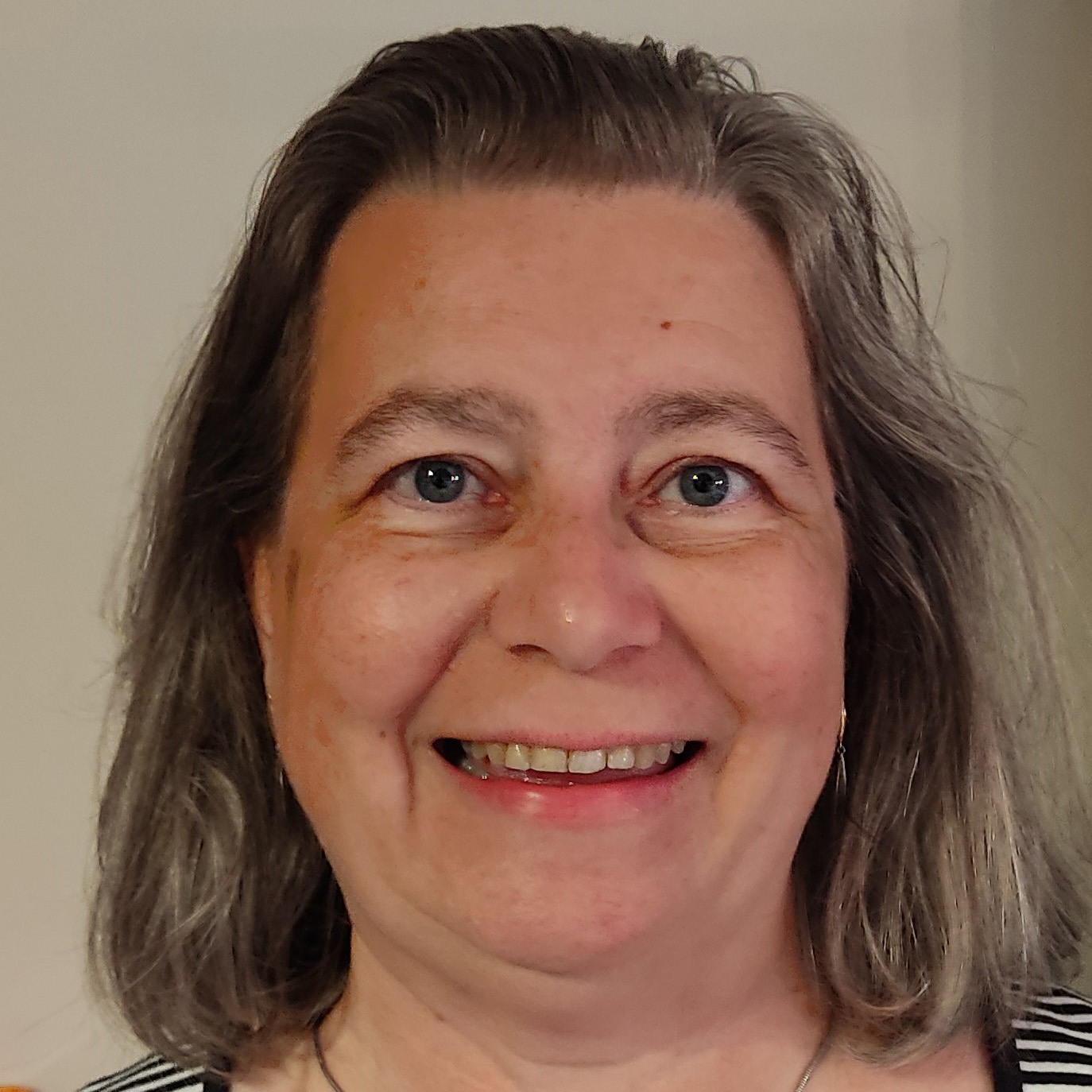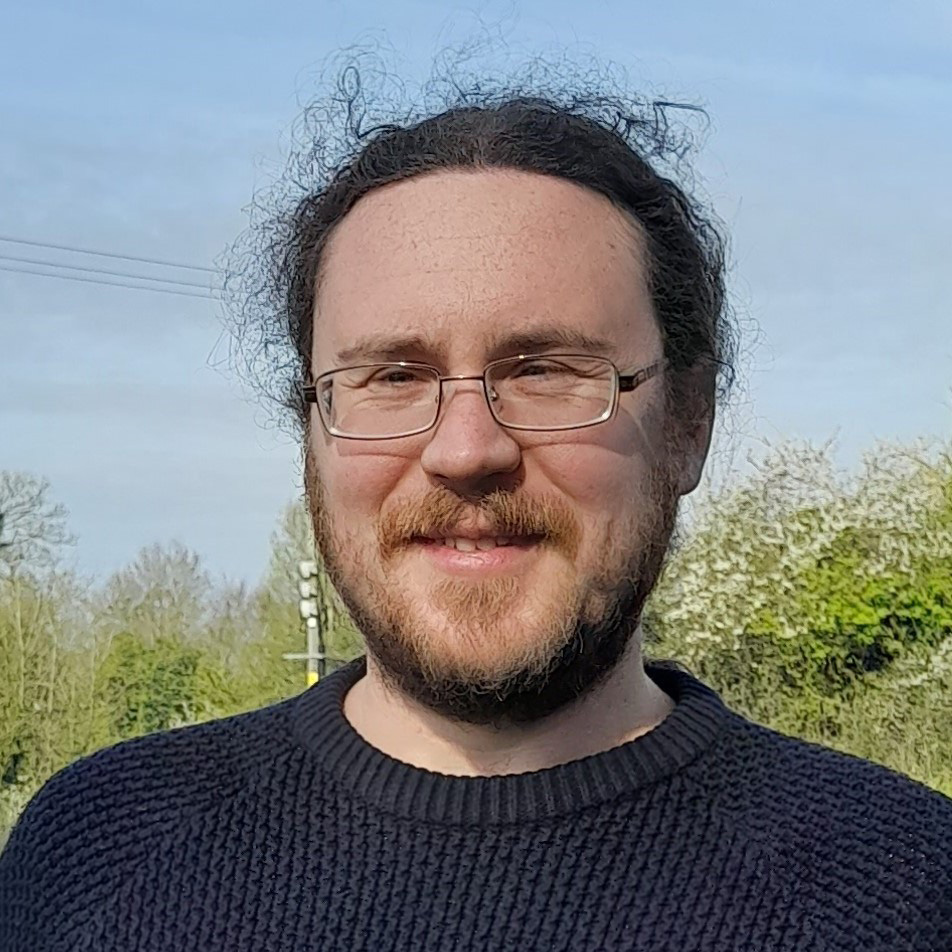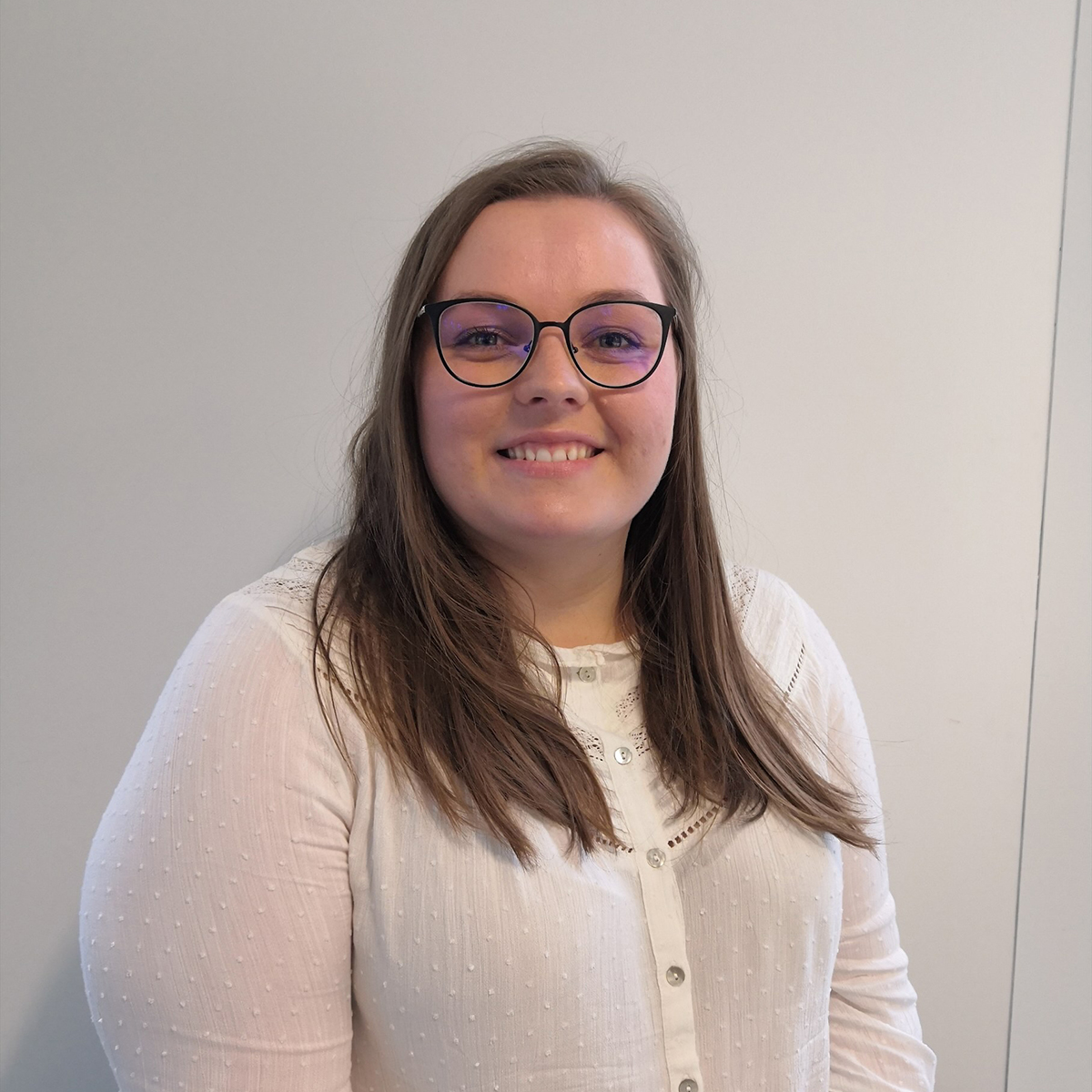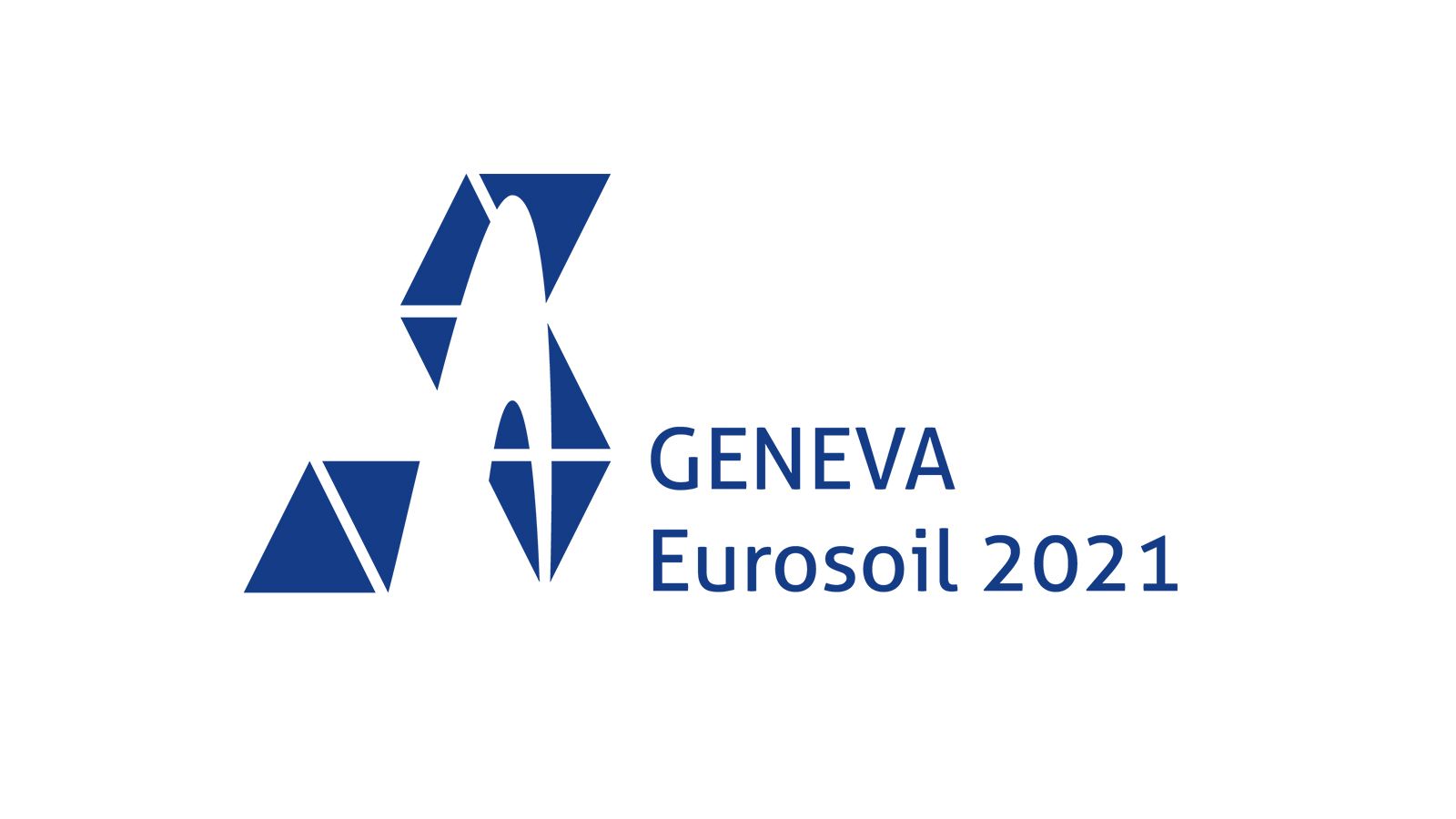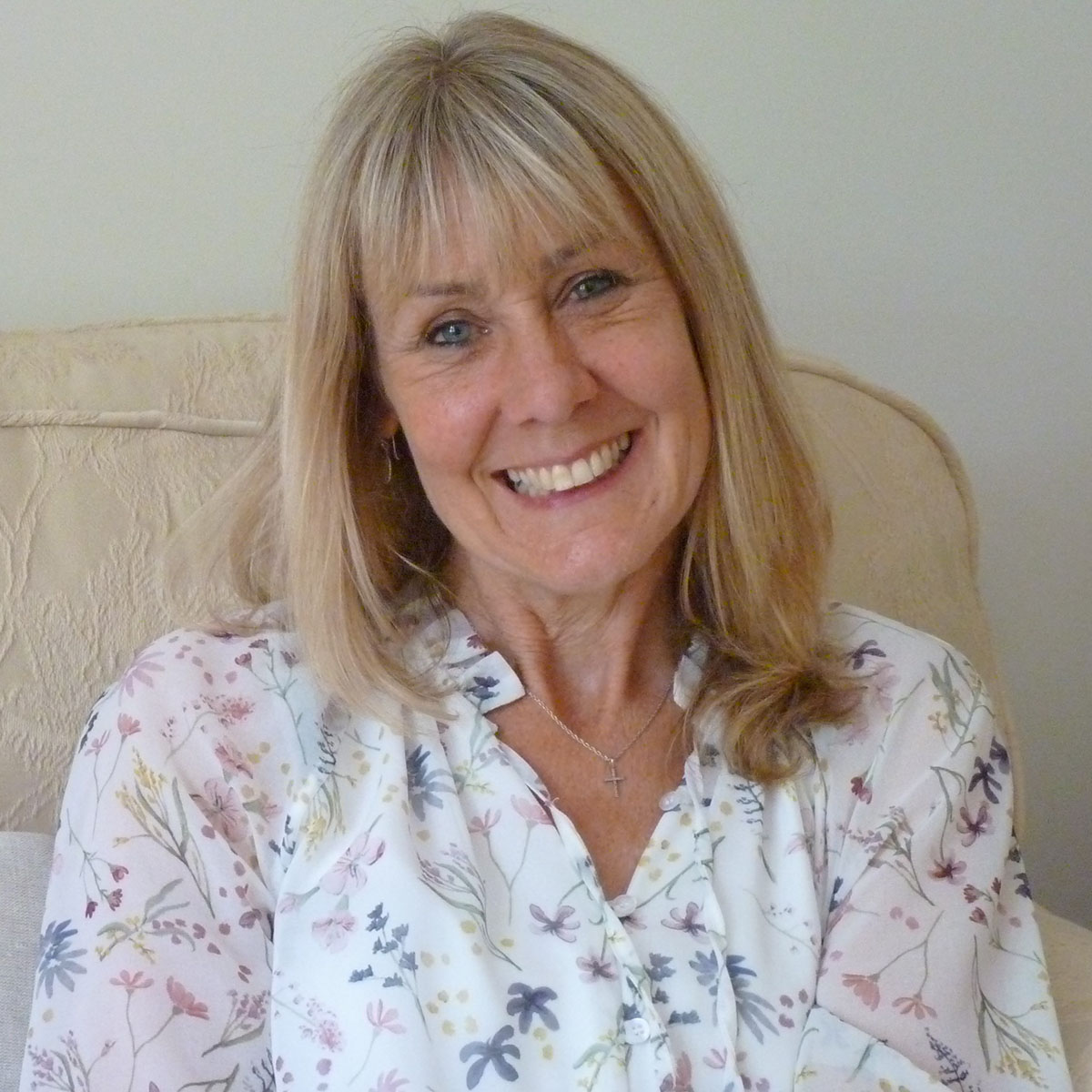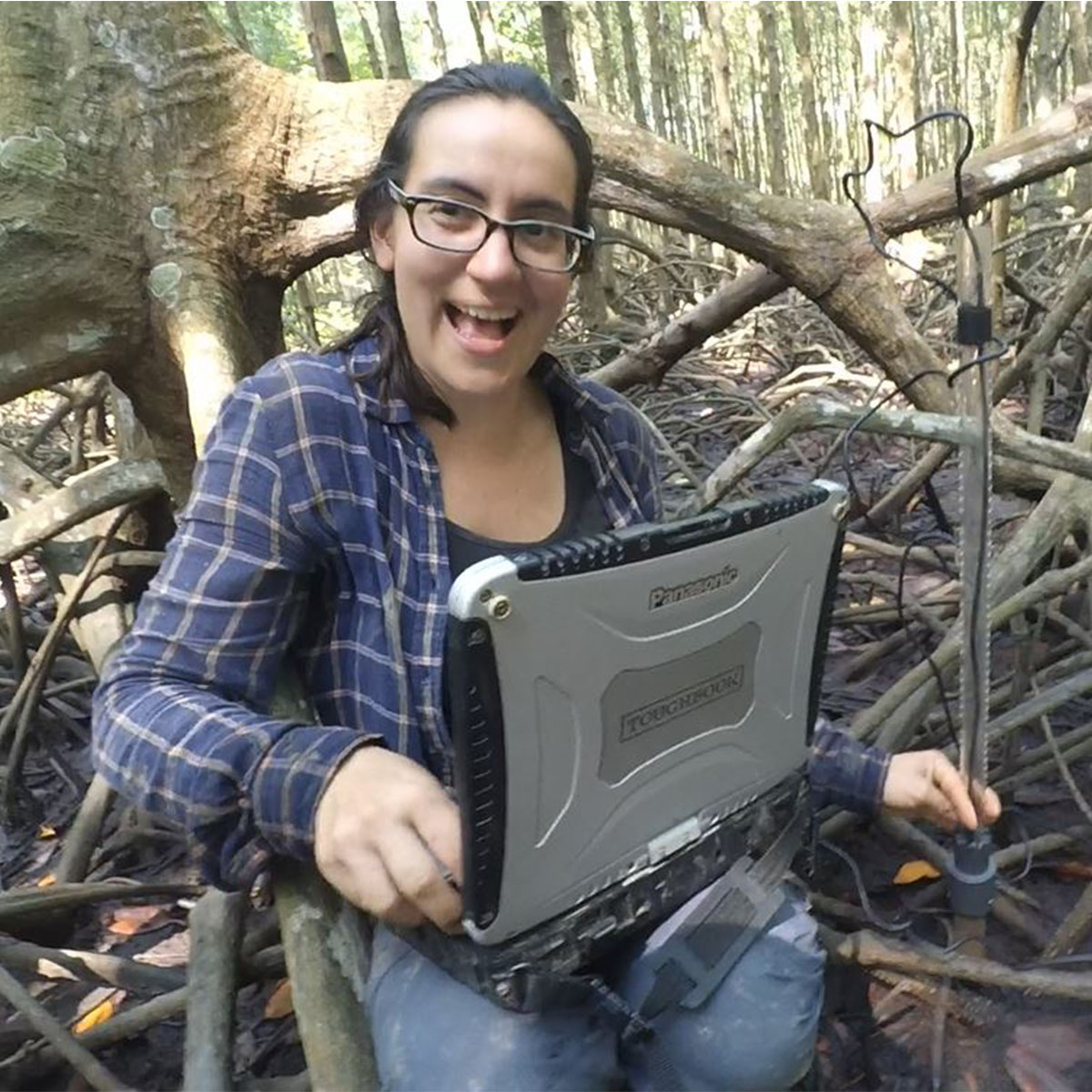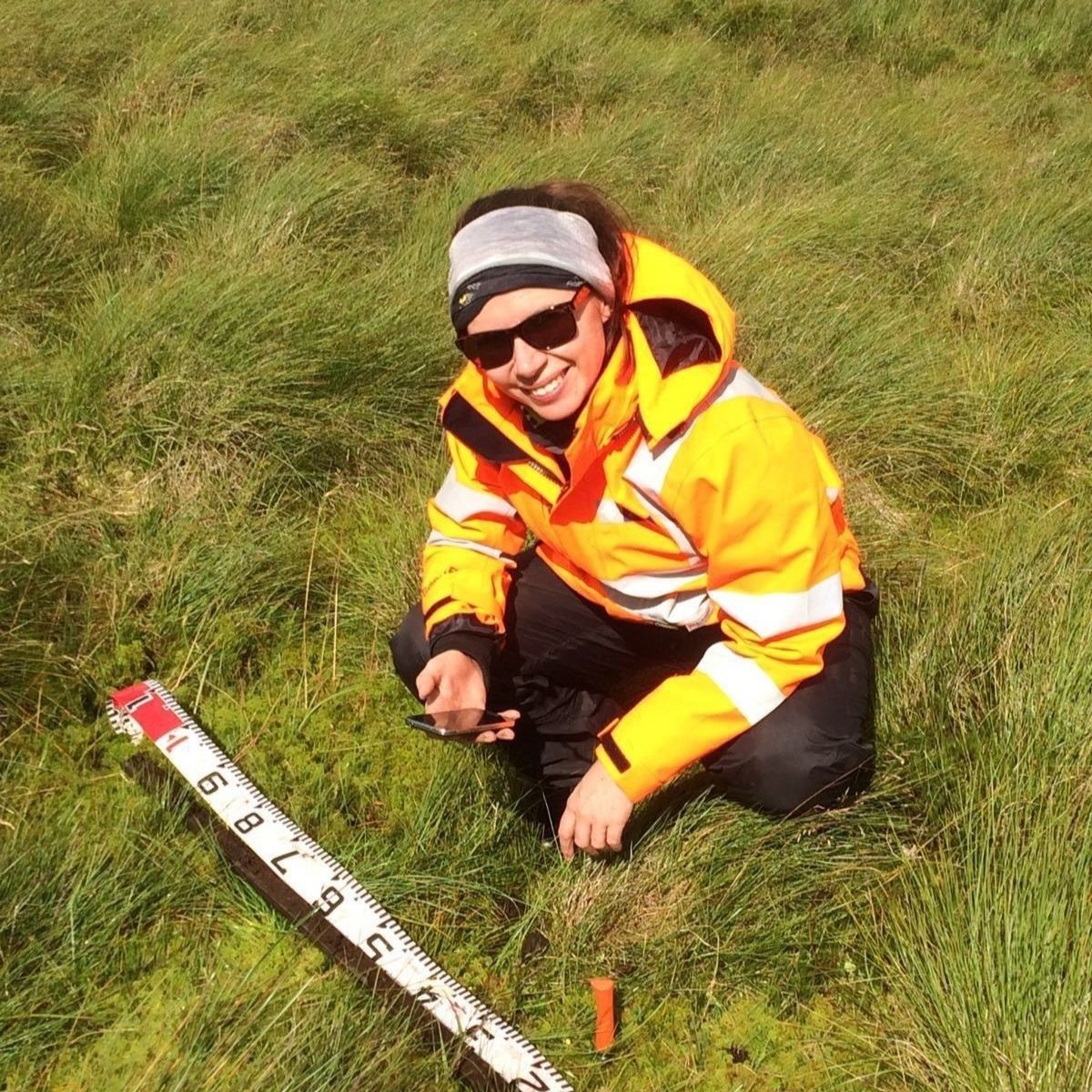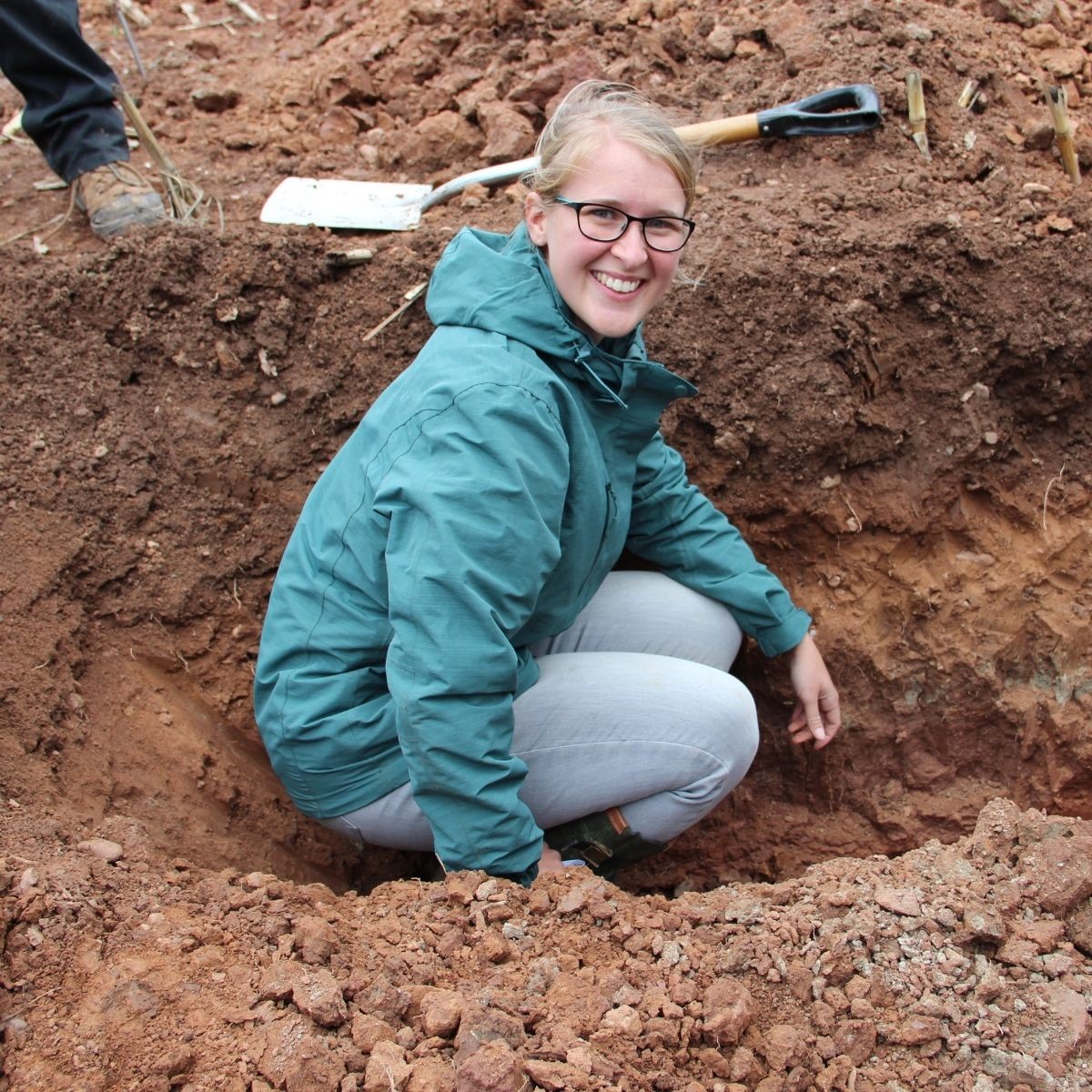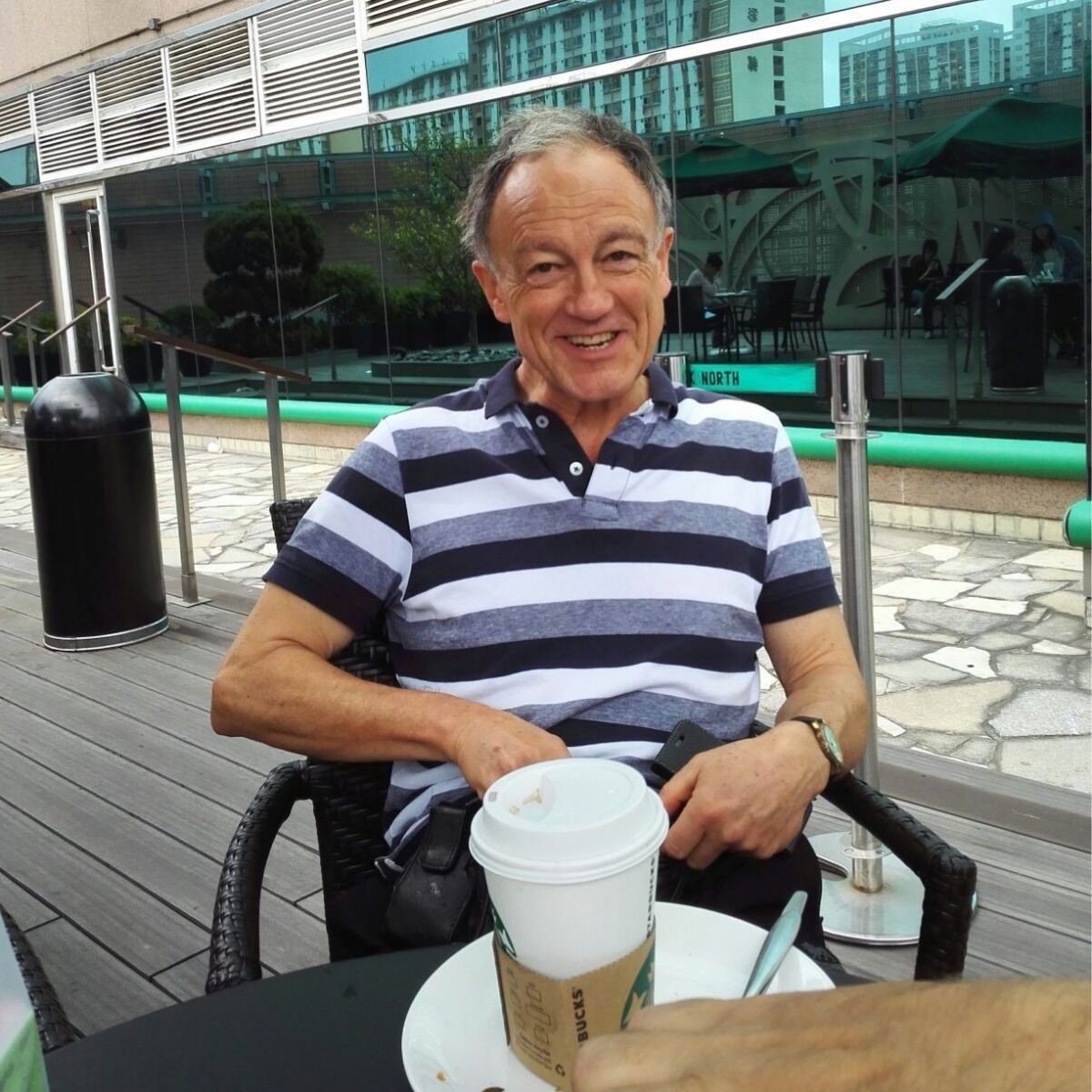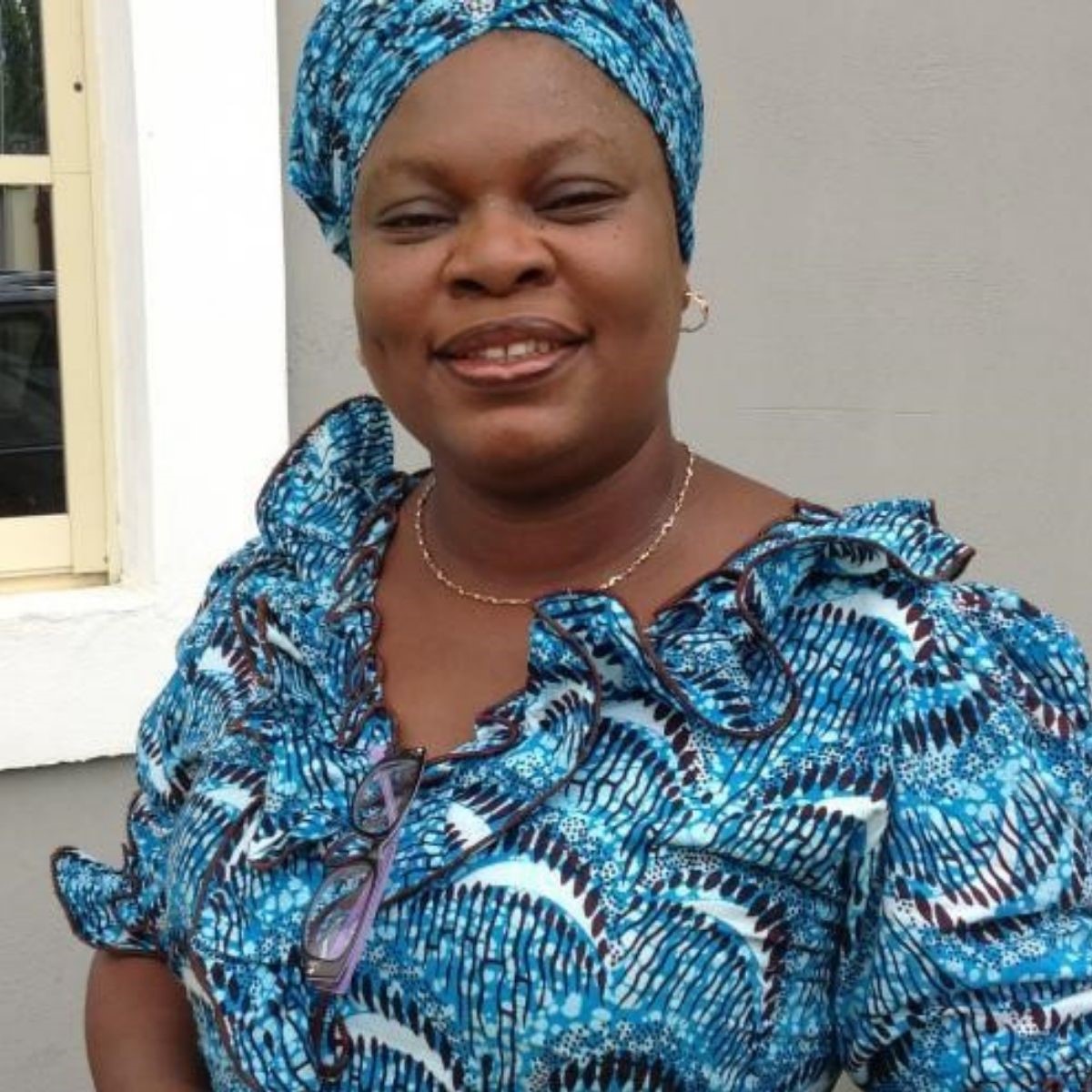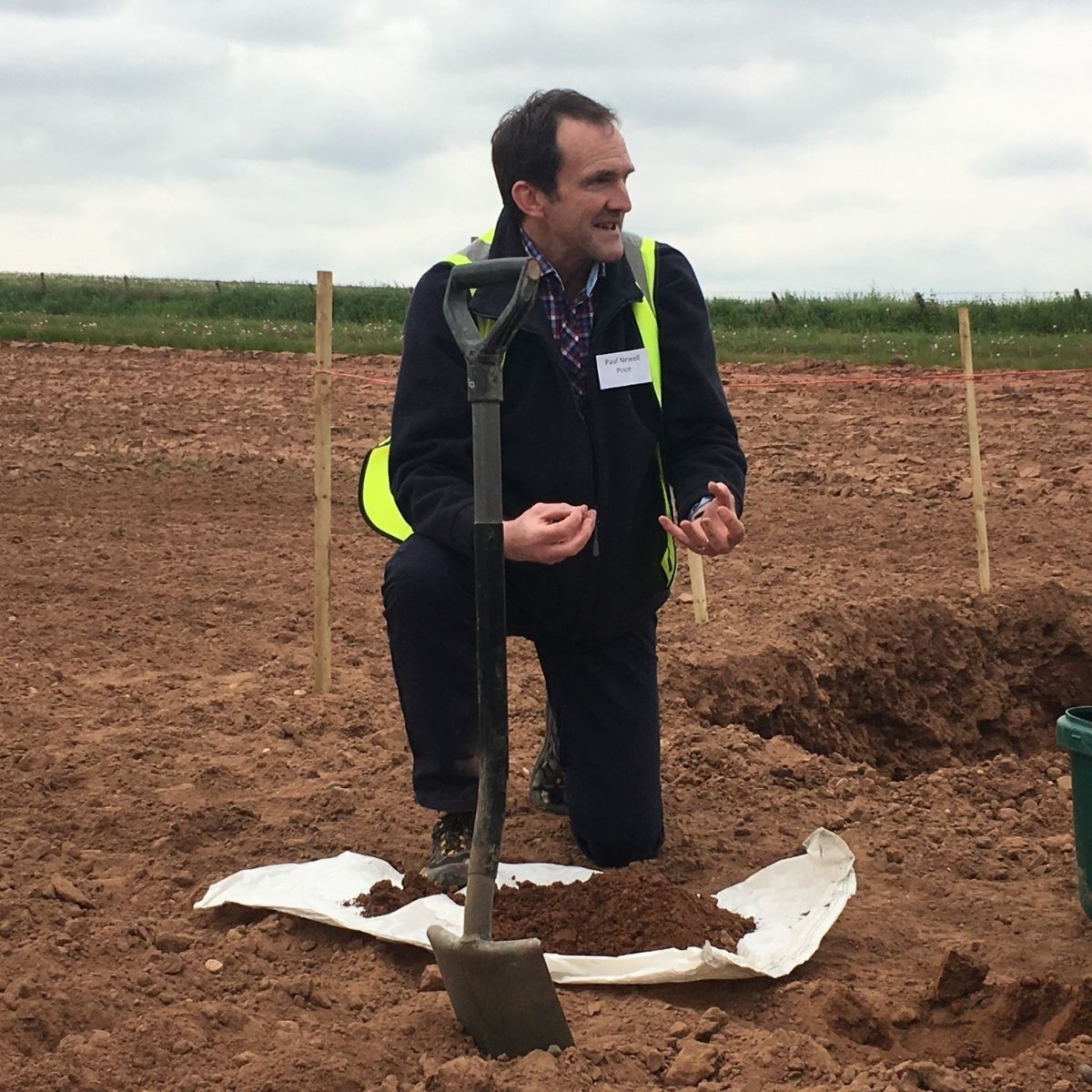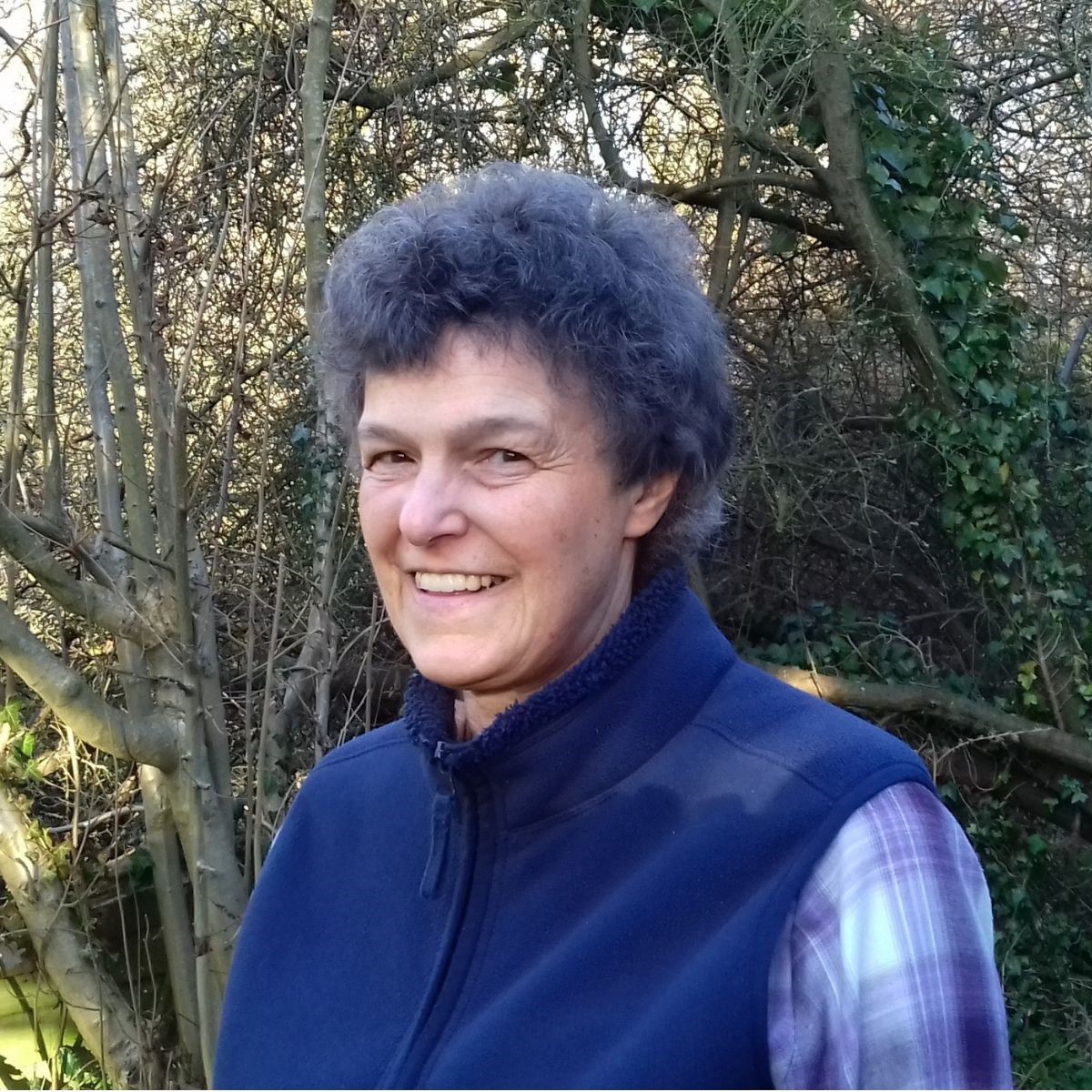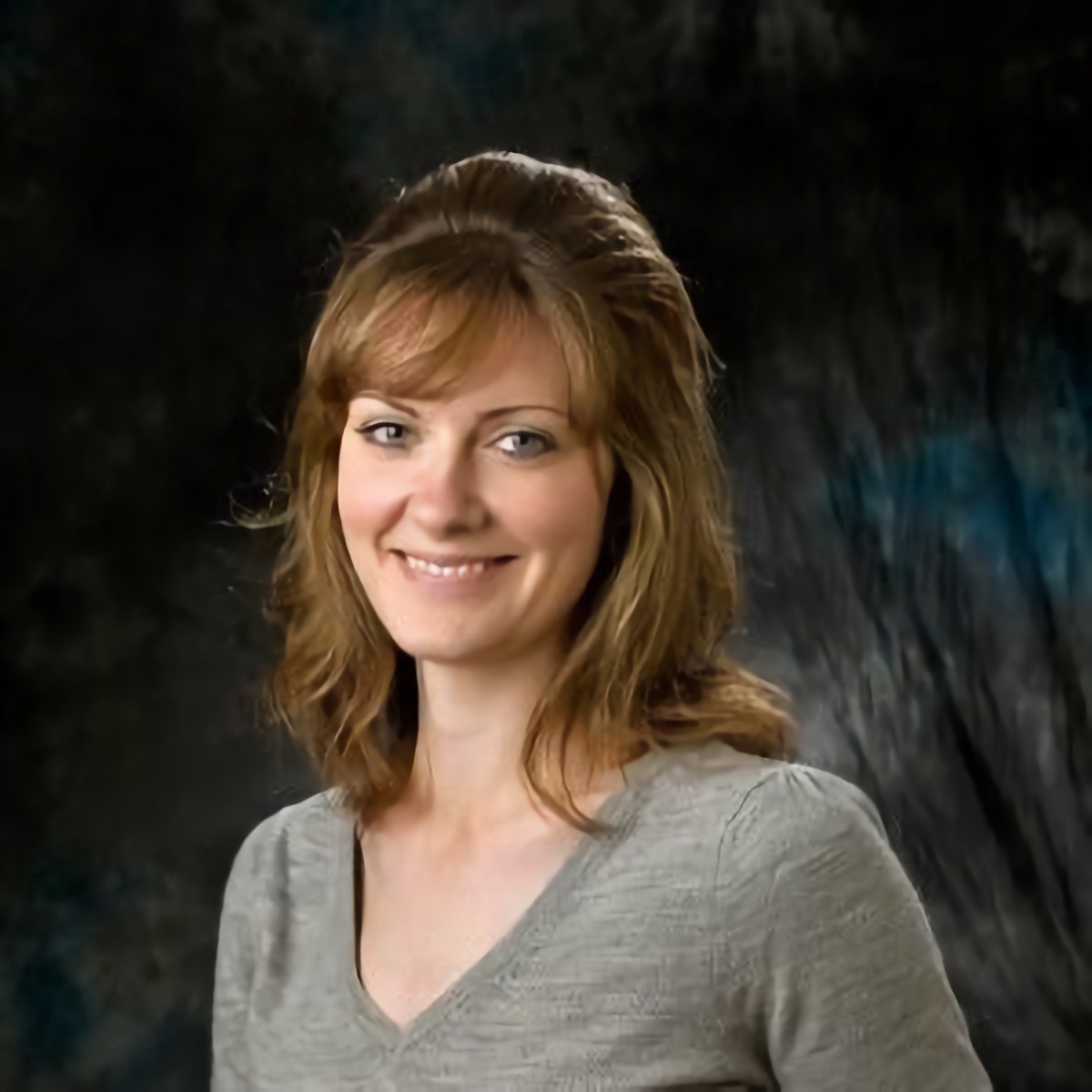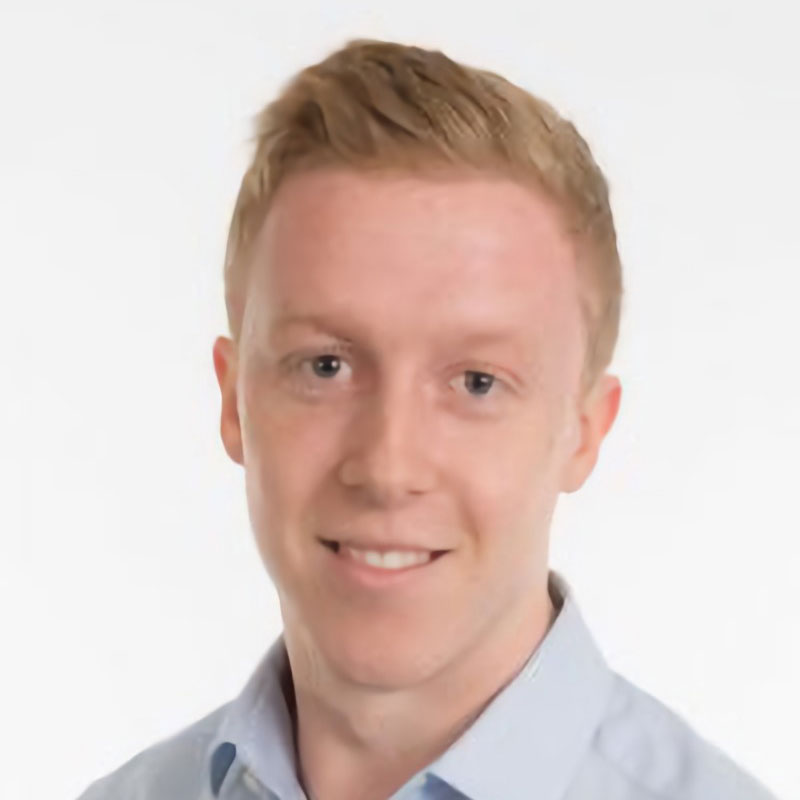Which organisation do you work for?
Soil Benchmark
A day in the life of…
Most of my work at the moment involves building up the digital infrastructure for Soil Benchmark. This ranges from structuring our database, uploading on-farm soil data to the database, and using the R shiny framework to build web applications for our clients to visualise and analyse their soil data (demo here).
How does your job fit within Soil Science?
I work with soil data in some form nearly every day. This data primarily comes from the many farms that we’re working with, but also includes the use of soil and parent material maps from Cranfield and BGS, respectively. The on-farm data we work with comes from the soil sampling and analysis that farms carry out on their fields for regulatory and management purposes. We estimate that this equates to around 2 million soil samples taken and analysed in the UK every year. This is a huge number! In a single year it surpasses (by orders of magnitude) the amount of soil data that any research institute or university can accumulate over decades. However, all this historic information simply sits siloed on individual farms and un-used. Ultimately, what we’re trying to achieve is a way of bringing together all this existing information in an anonymised way so that it can be used to inform better on-farm decisions that are tailored to specific soil types. The complexity of soils it all too often oversimplified down to just a small number of groups (e.g., sand, silt, clay, loam, peaty and chalk). With data at scale we can do so much better than this.
Why is this an interesting area to work in?
Soils are naturally interesting to me due to their complexity and their fundamental role as the basis for life on land. Aside from fulfilling my general curiosity for the natural environment, it seems that we’re in an exciting time for Soil Science. The great work that soil scientists have been doing for many years has clearly infiltrated the public domain over the past decade. There is now a widespread appreciation for the importance of our soils in tackling some of man kinds greatest challenges, and justified concern that soils have often been treated like dirt. As such, there are now clear, bottom-up, movements towards agricultural systems that focus of sustainable soil management, and huge changes in agricultural subsidy systems in England that are built around improving the health of our soils. This ultimately means that more farms are managing the land to specifically improve the health of their soils, and that more and more on-farm soil data is being generated. Being able to support these areas makes it really exciting to work in Soil Science at the moment.
What did you study?
I did all my BSc (Ocean Science), MSc (Environmental Chemistry) and PhD (Ocean Science) at Bangor University between 2008 and 2016.
What has your career path been so far?/ How did you begin your career?
My first job out of university was a 3-year Postdoctoral-Fellowship in Digital Soil Mineralogy at the James Hutton Institute in Aberdeen. This was my transition from Ocean Science into Soil Science – bridged by my understanding of studying and analysing minerals in marine systems. Having a 3-year independent research fellowship was incredible. It gave me the freedom and time I needed to initially get up to speed with Soil Mineralogy and commit to learning the R programming language. Over those 3 years I worked on some amazing soil datasets spanning Scotland, sub-Saharan Africa and Mars. When my fellowship ended in 2019, I was fortunate to be offered a permanent role at the James Hutton Institute. Much of my research stayed the same, but I also ended up becoming a certified Soil Survey for Forestry and Land Scotland. As a result, I joined the Institute’s Soil Survey Team on ~10 weeks of field work per year, surveying soils in forests across Scotland. I loved this role, particularly because it allowed me to see the sheer variation of soils in the landscape and understand their complexity in a new way. In 2022 I joined Soil Benchmark as a Co-founder and Chief Science Officer. At Soil Benchmark I work alongside Tom Scrope, who I first met at the BSSS Early Careers Conference in 2021.
What is the best thing about your job?
The thing that excites me most right now is the potential for what I do to have impact on the way on-farm soil data is used. It’s mad that all this soil information sits siloed on individual farms, especially given how often Soil Scientists talk about the lack of soil data out there!
What skills, abilities and personal attributes are essential to success in your job/this field?
I think my genuine interest in, and curiosity for, the natural environment has been key in allowing me to transition from Ocean Science to Soil Science. I’ve noticed that it’s quite common for people to transition into Soil Science from elsewhere in natural sciences like this. Indeed, anyone with that curiosity for the natural world would be hard-pressed to avoid becoming fascinated by soil given the opportunity to delve into its detail. Many of soil datasets I work with are large, complex, geo-referenced beasts. I’d therefore say that being proficient in a programming language like R has been essential in my progression in this area. It’s a big undertaking to learn a programming language, but ultimately it gives you a new level of freedom for expressing your creativity in data analysis and visualisation.
What advice would you offer to young people interested in a career in soil science?
- Get involved with BSSS! There’s a thriving Early Careers Community lead by a great team of volunteers and BSSS staff. They’ll keep you updated on the many exciting opportunities available in Soil Science.
2. Get digging. Seeing and classifying soils in the field is an amazing way to start building up your mental models of how (and why) soils vary as a function of the soil forming factors.
Can you recommend other journals, magazines or professional associations which would be helpful for professional development?
I found the Spring Schools on Digital Soil Mapping and World Soil Assessment at ISRIC (Wageningen) to be excellent.
Tell us one thing about yourself that not many people know
In 2018 I discovered that soils from the Isle of Ulva, Scotland, have strikingly similar mineral compositions to samples collected and analysed by the Curiosity Rover on Mars (Martian and Scottish soils ‘strikingly similar’ – BBC News).
Is there anything else that you would like to share relating to your work in soil science?
If you’d like to hear more about what we’re up to at Soil Benchmark, please get in touch: ben@soilbenchmark.com.

